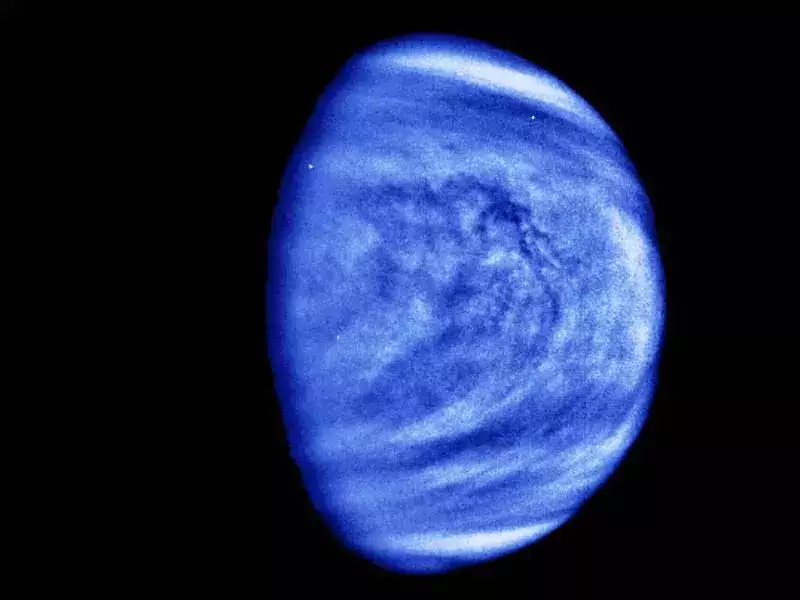A groundbreaking discovery has given Venus a new role in the search for signs of extraterrestrial life and potential human colonization. For years, Venus has taken a backseat to Mars in these aspirations, largely due to its overwhelming carbon dioxide-dominated atmosphere. However, the recent detection of atomic oxygen on the planet has sparked new interest and intrigue.
Unlike the oxygen molecules found on Earth, the oxygen on Venus is composed of single oxygen atoms, making it difficult to detect due to its reactivity and tendency to bond quickly with other elements. The breakthrough discovery was made possible by the SOFIA airborne observatory, an aircraft equipped with an infrared telescope.
Researchers have determined that the atomic oxygen on Venus is located at an altitude of about 100 kilometers, nestled between layers of sulfuric acid-containing clouds. The Sun’s ultraviolet radiation plays a crucial role in creating this atomic oxygen through the breakdown of atmospheric carbon dioxide and carbon monoxide.
Surprisingly, Venusian winds transport some of this oxygen to the night side of the planet, where it potentially combines with molecular oxygen and other elements. This collision results in a cooling effect on Venus, contradicting its reputation for blistering temperatures.
The detection of oxygen in Venus’s atmosphere is not just a scientific curiosity, but a key to unlocking secrets about the planet’s past and its potential for life. Further research is needed to understand the origin, distribution, and implications of this newfound atomic oxygen, providing a deeper understanding of our enigmatic planetary neighbor.
As the pursuit of space exploration continues, Venus has reemerged as a surprising and promising destination for further exploration and discovery.

I have over 10 years of experience in the cryptocurrency industry and I have been on the list of the top authors on LinkedIn for the past 5 years.

